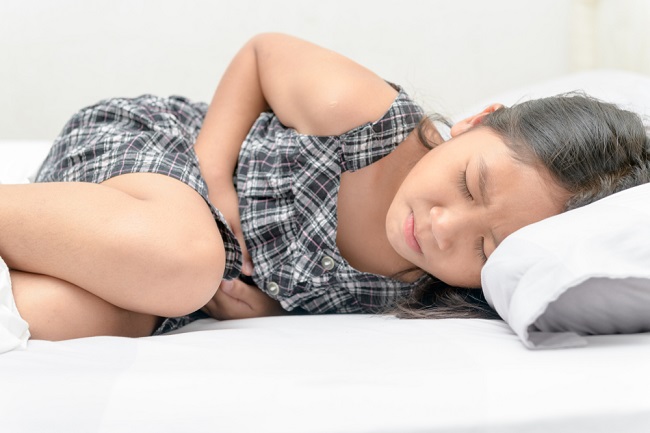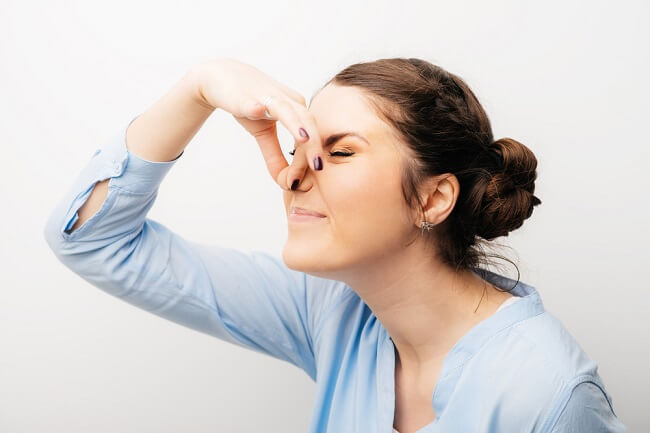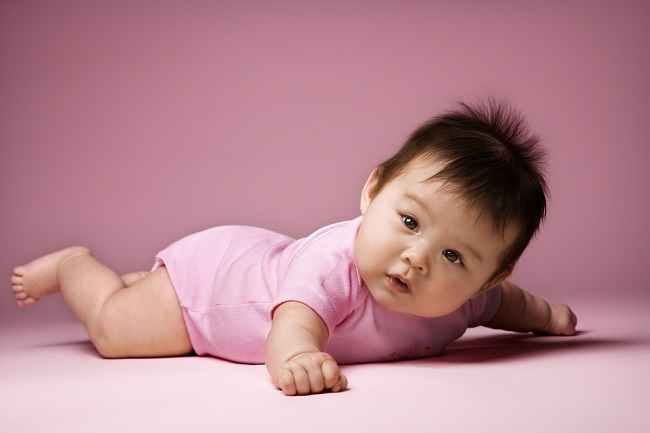The presence of the little one certainly makes life more meaningful. Unfortunately, there are still things about baby care that new mothers are still not used to, one of which is how to bathe your little one.
Bathing your little one is a crucial moment considering that at the age of 0-3 months, your little one's skin is still prone to irritation and peeling, so special treatment is needed. Not infrequently, some mothers deliberately do not bathe their little one for several days for reasons that are not yet time. In fact, according to the opinion of the doctors, Mothers are allowed to bathe their little ones since they were brought home from the hospital.

Mothers are also often confused about the right temperature for your little one. The recommended water temperature is lukewarm, aka not too hot and not too cold. Usually, the temperature that is considered safe is around 37-38 degrees Celsius. If you don't have a thermometer, it's better to use your elbow instead of your palm to measure.
One of the things that must be considered in bathing your little one is to prevent your little one from swallowing bath water. If that happens, your little one is likely to experience gastroenteritis or diarrhea because they are susceptible to bacteria and viruses. To prevent this, dip your little one into the tub of water slowly.
Then, ideally how many times can your little one bathe? For newborns, bathing 2-3 times a week is enough. Mothers can also bathe the little one every day, especially if the baby always enjoys these moments. But you also have to pay attention to the quality of the water you use. If the water quality is not very good, then bathing your little one too often is not doing their skin any good.
Bathing the Little One with Special Conditions
Some of the conditions below often make you feel worried when you have to bathe your little one.
Haven't lost the umbilical cord
The safe way to bathe your baby who hasn't lost the umbilical cord is to use a sponge or small towel washed with warm water. Gently rub all over your little one's body evenly. Pay more attention to the folds under the arms, around the neck, behind the ears, and the pubic area.
Remember, the umbilical cord must be kept dry and sterile. Just wipe with and dry with a soft towel or fan it with a piece of paper. Position the baby's diaper so as not to break the umbilical cord. Let the umbilical cord fall on its own. Usually this process takes about 1-3 weeks.
There are some signs of infection in the umbilical cord that you should take seriously. These signs are redness, swelling, the baby cries when the umbilical cord is pressed, has an unusual smell, pus, and is followed by a fever. If this happens, then your child should be taken to the doctor.
Head still soft
Another condition that often makes mothers afraid to bathe their little one is when the baby's head is still soft. In fact, how to bathe your little one with this condition is not complicated. Just rub it gently with a specially formulated shampoo with soap. If your little one already has hair, then your little one's shampoo can be used.
Chicken pox
Even though he has chickenpox, he still needs to be bathed to keep his body clean so that he feels comfortable. How to bathe your little one who has chickenpox must also be done carefully. The purpose of this caution is so that the chickenpox does not burst. This is worth doing because chicken pox that breaks usually will leave scars on your little one.
Flu and fever
Your little one who has a cold can still be bathed in water that is not too cold. In your little one who has a fever of up to 40 degrees Celsius, it can be bathed by wiping it with a sponge soaked in warm water. Warm baths can also be done because the warm temperature of the water may reduce the fever.
Afraid to take a shower
Little ones who are scared when bathed are common, although this cannot be explained. This fear will end with age. To overcome this, you can try taking a bath with your little one. Another way is to bring toys while bathing, change baths, massage your little one while bathing, and change bathing rituals to make it fun.
Too early or late
Not a few mothers who think bathing in the morning or evening can invite asthma and pneumonia. In fact, these are not related to one another. The cause of pneumonia itself is an infection caused by microorganisms such as bacteria, viruses and fungi. While asthma is caused by an excessive immune reaction to various irritants. Experts suspect that there is a strong link between allergies and asthma.
Dry skin
Dry skin that occurs in your little one is usually caused by bathing too long. Soaps containing antiseptics should also be avoided. A pediatrician recommends shortening bath time and using unscented soap to keep your little one's skin moisturized.
Can I Use Baby Care Products?
In addition to understanding how to bathe your little one well, the use of baby care products can also determine his health. Baby care products may be given as long as it is not excessive in the amount given.
Baby care products are generally in the form of soap, shampoo, baby oil, and powder. To ensure the safety of these products, be sure to read the product labels carefully. Choose products that are safe for your little one's skin and avoid those that cause allergies. In addition, try to use products that are free of parabens and phthalates because these compounds can harm the little one. If your child has sensitive skin, you should consult the use of the product with a pediatrician.









